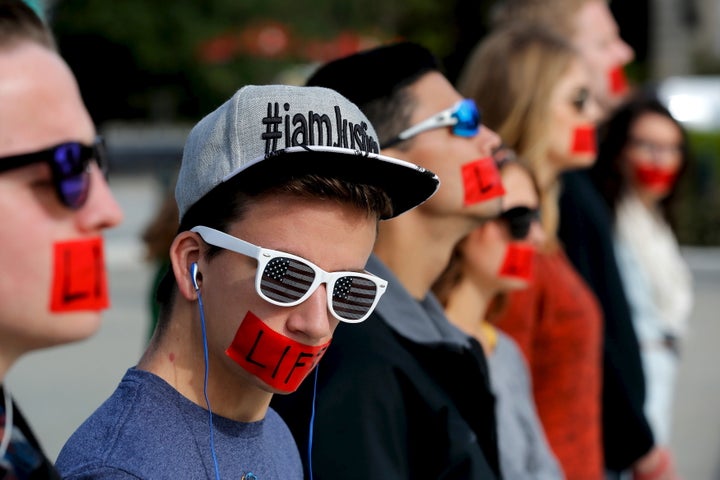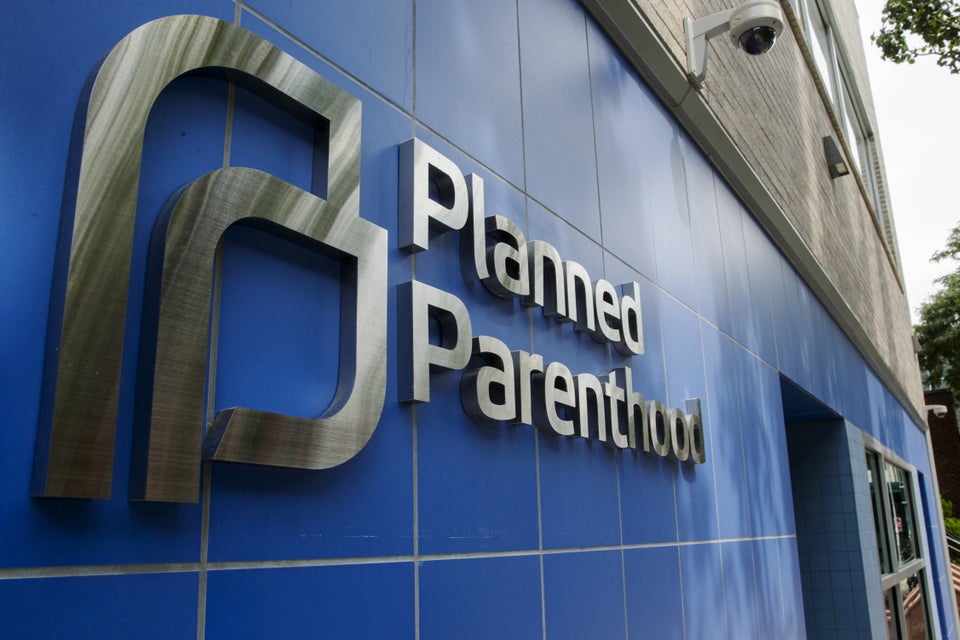MCALLEN, Texas - Four years after cutting off funding for Planned Parenthood, the state of Texas says it has been able to rebuild its safety net, in what could be a model for Republicans in Congress who hope to defund the nation's largest family planning provider at the national level.
Independent health experts dispute the claim, saying Texas still has a long way to go before it can provide the level of service it did when Planned Parenthood was an integral part of its family planning efforts.
According to figures provided to Reuters by Texas health officials, the state's retooled family-planning programs reached 317,393 women in the 2014 fiscal year, nearly as many as the 320,044 the state served in fiscal 2010, before it cut off funding to Planned Parenthood.
After recruiting other health clinics and doctors to provide contraceptives to low-income women, state officials say their biggest challenge at this point is getting the word out.
"There is access for every woman in Texas to be able to receive the services she needs," said Lesley French, who oversees women's health programs at the Texas Health and Human Services Commission.
Anti-abortion activists have long targeted Planned Parenthood because it provides abortion along with contraception and other women's health services. Criticism mounted this summer when undercover videos showed Planned Parenthood officials talking about providing fetal parts for research.
Federal law already prohibits taxpayer money from being spent on abortions, except in cases of rape or incest or when the mother's life is in danger, and Planned Parenthood relies on private donations to pay for its abortion services.
In 2011, the Texas state legislature cut Planned Parenthood out of one family-planning program and revamped the way another program hands out funds, placing private clinics like PlannedParenthood at the bottom of the list.
Last month, Governor Greg Abbott said he would block the organization from participating in all Medicaid programs in the state.
Legislators also imposed a welter of expensive new regulations on abortion clinics, forcing many of them to close.

SCALING BACK
Once the state’s largest birth control provider, Planned Parenthood has dramatically scaled back its presence in Texas. The network now operates 35 clinics there, 46 fewer than in 2010. Some 16 have closed their doors permanently, while others have consolidated or severed ties with the national network.
The cuts have hit hardest in remote areas, the group says. Along the Rio Grande Valley, the localPlanned Parenthood affiliate closed four of its eight clinics and laid off half its staff.
The affiliate cut its ties to Planned Parenthood in order to tap state funds, but expects it still won’t have the capacity to serve many of its former patients.
“Who has picked them up? We don’t know,” said Patricio Gonzales, chief executive of the now-renamed Access Esperanza health group.
Planned Parenthood hasn’t been the only casualty. Some 36 other family-planning clinics across the state have also closed their doors since the changes, according to the Texas Policy Evaluation Project, an academic effort that tracks the state’s family planning efforts.
Those that remain open now often charge money for services that they once provided for free.
Marisol Rincon, 35, said she was unable to afford the $60 that Access Esperanza charged her when it was cut out of the state family-planning program. She opted to use condoms, even though they had resulted in an unwanted pregnancy previously.
“It was between having to buy food for my kids or paying for some type of exam or birth control,” she said.
There is no statistical evidence to date that the changes have led to more unwanted pregnancies. Texas birth rates have fallen and abortions have dropped, in line with national trends.
But there are signs that the state’s safety net has frayed. One in three Texas women in 2014 said she had no regular health-care provider, up from 1 in 5 in 2010, according to the U.S. Centers for Disease Control.
Texas’s family-planning costs ballooned from $15 million in fiscal 2011 to $104 million in fiscal 2014, driven partly by the Obama administration’s decision to pull its share of funding after Texas cut off Planned Parenthood.
The state also set up a new $50 million program that combines family planning with other health services like diabetes screening. Planned Parenthood isn’t allowed to participate.
Anti-abortion activists say voters in Texas are willing to foot the bill to ensure that their money doesn’t go to Planned Parenthood.
“Taxpayers are protected, by and large, from having their tax dollars being used to promote abortion as a method of birth control,” said Joe Pojman, executive director of the Texas Alliance for Life.
The state has worked to recruit doctors and health clinics to serve patients who had formerly relied on Planned Parenthood.
With a record $285 million budgeted for women’s health over the next two years, lawmakers and officials say women should now be able to find care through other medical providers.
Independent health experts say Texas is overstating its case. A more accurate assessment, they say, would show that the state actually provided family planning services to about 250,000 women in fiscal 2014, still far short of the 320,000 who were served before Planned Parenthood was forced out.
They say the state is inflating its numbers by tens of thousands by including women who used the state’s new Expanded Primary Health Care program for services other than contraception, such as hypertension and diabetes screening.
“Texas has a big job to do to make the new programs work across the state,” said Janet Realini, president of Healthy Futures of Texas, a coalition of women’s health providers that does not include Planned Parenthood.

